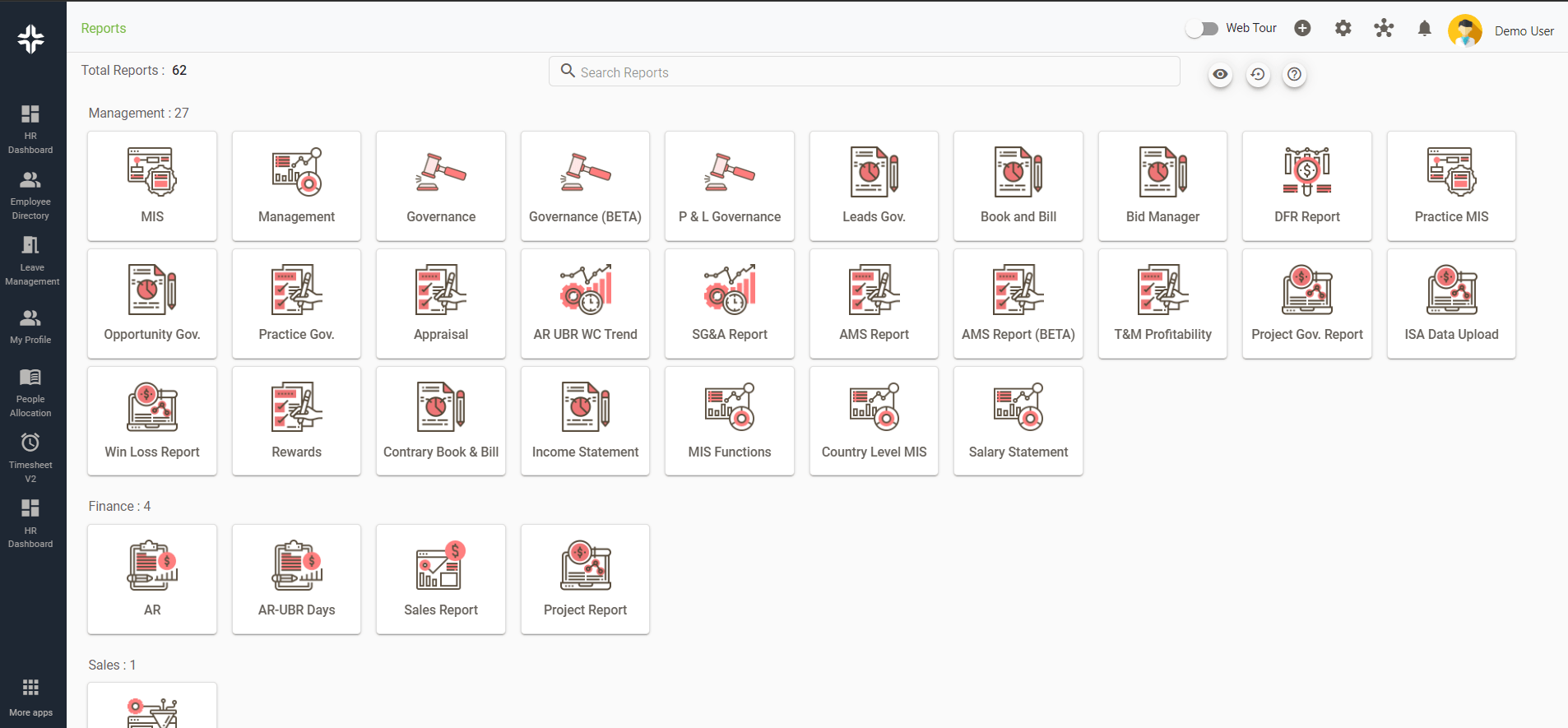Home » PSApedia
Collaboration Tool Adoption Rate
Monitor Collaboration Tool Adoption Rate for Enhanced Productivity.

What is Collaboration Tool Adoption Rate?
Collaboration Tool Adoption Rate refers to the percentage of users within an organization who actively engage with and utilize a specific collaboration tool.
In the context of Professional Service Automation (PSA), it measures how effectively teams are integrating collaboration tools into their workflows, ensuring seamless communication and project management.
Importance of Collaboration Tool Adoption Rate
In today’s digital age, collaboration tools play a pivotal role in ensuring that teams can work together efficiently, irrespective of their geographical locations. A high adoption rate indicates:
1. Effective Communication: Teams can communicate seamlessly, ensuring that everyone is on the same page.
2. Enhanced Productivity: With everyone using the same tools, there’s a reduction in redundancy and work processes are streamlined.
3. Better ROI: Investing in a collaboration tool is fruitful only when a majority of the team uses it. A high adoption rate ensures a better return on investment.
4. Professional Service Automation Efficiency: In the realm of PSA, collaboration tools are crucial. They ensure that tasks, resources, and projects are managed efficiently.

Why Collaboration Tool Adoption Rate is so important?
How to Calculate the Adoption Rate
Formula:
Adoption Rate = (Number of Active Users/Total Number of Users) × 100
Example:
Let’s say a company has introduced a new collaboration tool for its 100 employees. After a month, 75 employees are actively using it.
Adoption Rate=(75/100)×100=75%
This means the Collaboration Tool Adoption Rate is 75%.
Difference Between Collaboration Tool Adoption Rate and Other Metrics
While Collaboration Tool Adoption Rate focuses on the percentage of users actively using a tool, there are other metrics like engagement rate, retention rate, and churn rate. For instance, while adoption rate might indicate how many users have started using a tool, engagement rate delves deeper into how often they use it. Retention rate, on the other hand, measures how many users continue to use the tool over time, and churn rate indicates the percentage of users who stop using it.
It’s essential to understand these differences, especially when evaluating the effectiveness of tools in project management or deal management.
| Metric | Description | Importance |
|---|---|---|
| Collaboration Tool Adoption Rate | Measures the percentage of employees or teams using collaboration tools effectively to improve communication, project management, and productivity within the professional services organization. | High: Indicates effective communication and collaboration, which can boost productivity and client satisfaction. |
| Billable Utilization Rate | Reflects the percentage of time employees spend on billable client work as compared to their total work hours. | High: High billable utilization is crucial for revenue generation and profitability. |
| Project Profitability | Measures the profitability of individual projects or client engagements by comparing project costs to revenue generated. | High: Essential for assessing the financial success of projects and making informed decisions. |
| Employee Productivity | Evaluates the efficiency of employees in delivering services by measuring output relative to input, such as hours worked. | High: An indicator of resource efficiency, directly impacting profitability and client satisfaction. |
How Collaboration Tool Adoption Rate is Used?
Organizations use the Collaboration Tool Adoption Rate to:
1. Evaluate Tool Effectiveness: A high adoption rate might indicate that the tool meets the team’s needs and is user-friendly.
2. Training Needs Assessment: A low adoption rate might indicate a need for more training or that the tool is not intuitive.
3. Decision Making: When deciding to continue with a tool or switch to a new one, this metric provides valuable insights.
4. Resource Allocation: In resource management, understanding which tools are being adopted can help in allocating resources more effectively.
Ready to Optimize Your Collaboration Tool Adoption Rate?
KEBS, a renowned PSA Software, plays a pivotal role in enhancing the Collaboration Tool Adoption Rate. KEBS offers an intuitive interface, ensuring that users can navigate and use the tool without hurdles.
KEBS can seamlessly integrate with other tools, ensuring that users don’t have to juggle between multiple platforms.

KEBS Reports
Ready to optimize your Collaboration Tool Adoption Rate? Contact us today or get a firsthand experience with a demo.



